Details of the Target
General Information of Target
Probe(s) Labeling This Target
ABPP Probe
| Probe name | Structure | Binding Site(Ratio) | Interaction ID | Ref | |
|---|---|---|---|---|---|
|
P2 Probe Info |
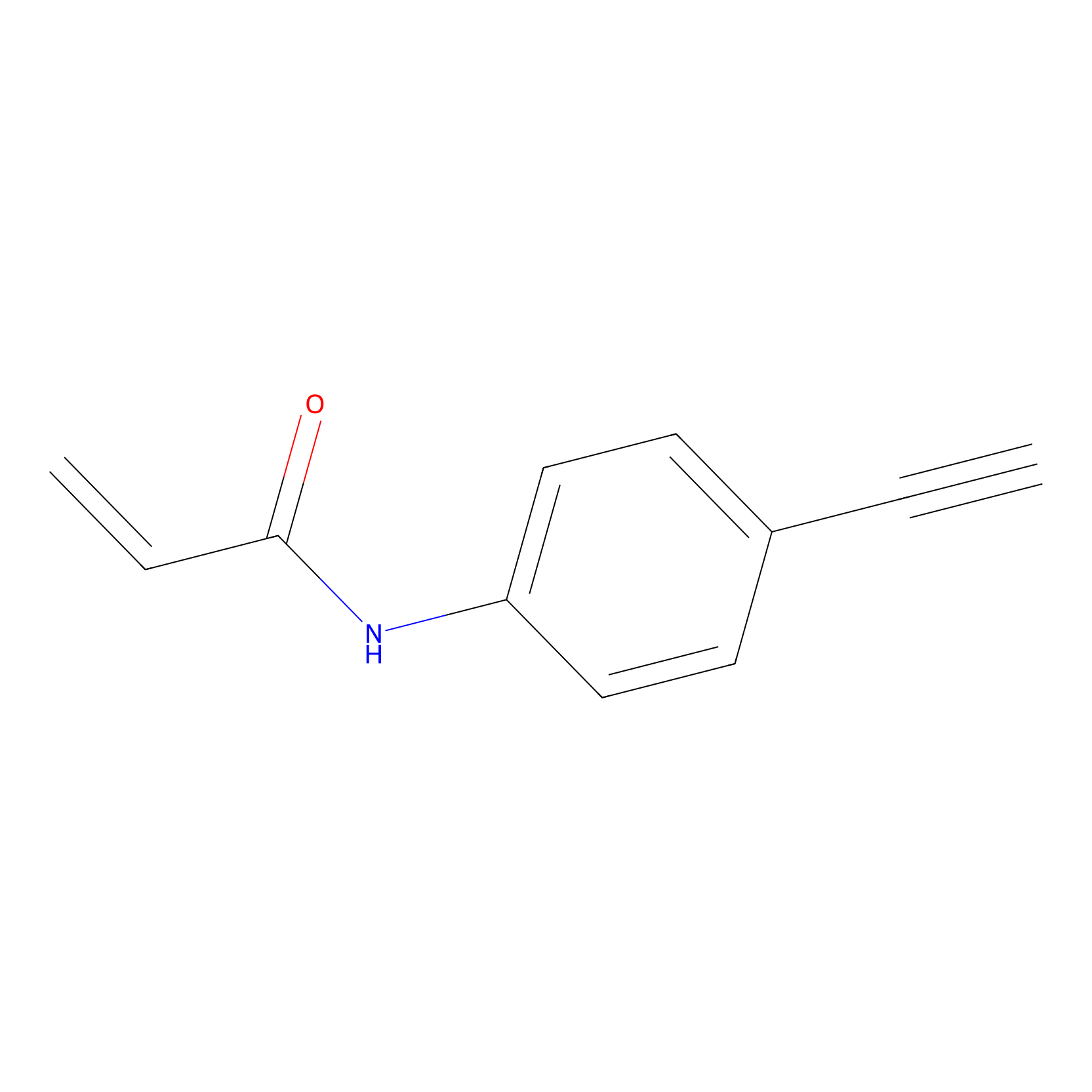 |
2.23 | LDD0453 | [1] | |
|
A-EBA Probe Info |
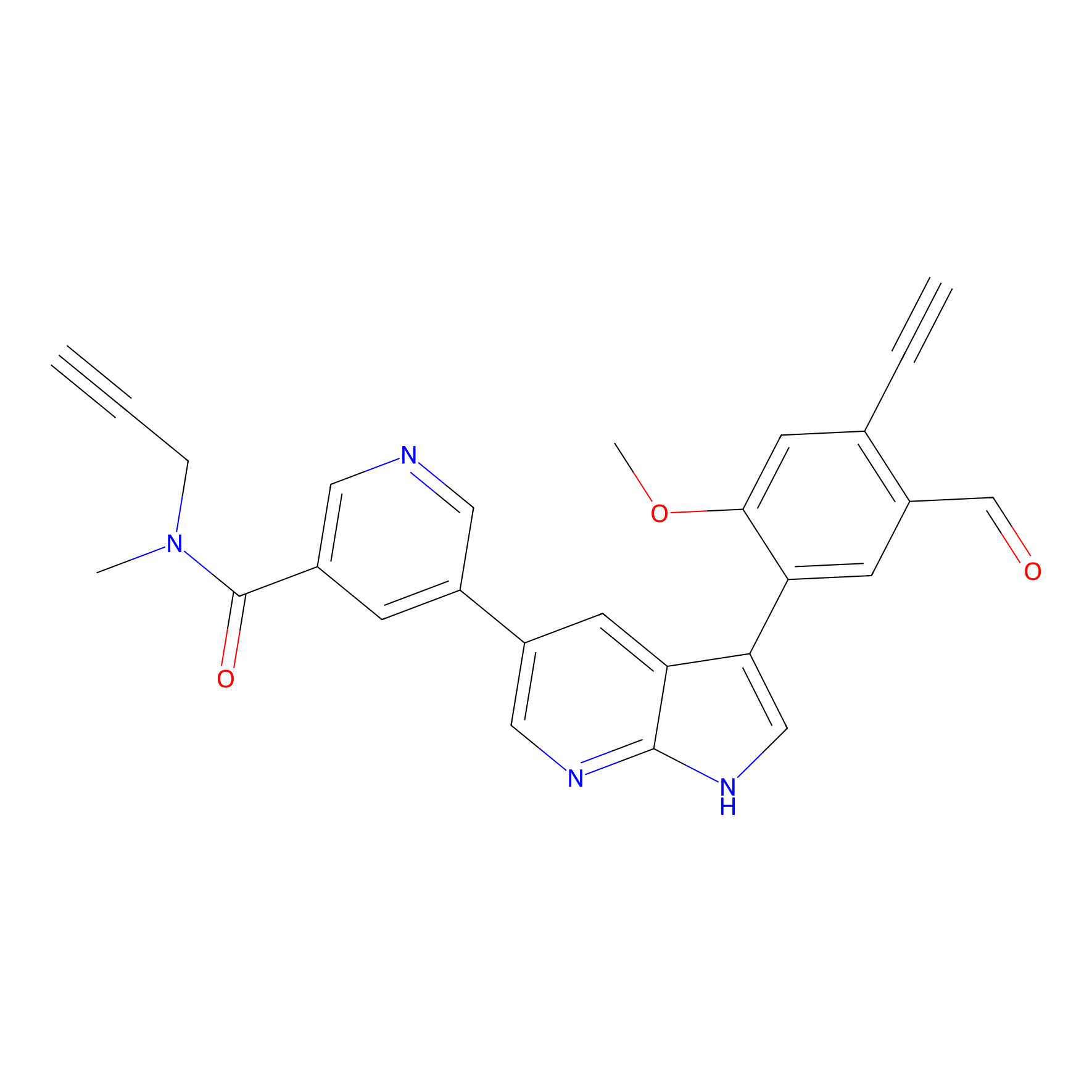 |
3.70 | LDD0215 | [2] | |
|
YN-4 Probe Info |
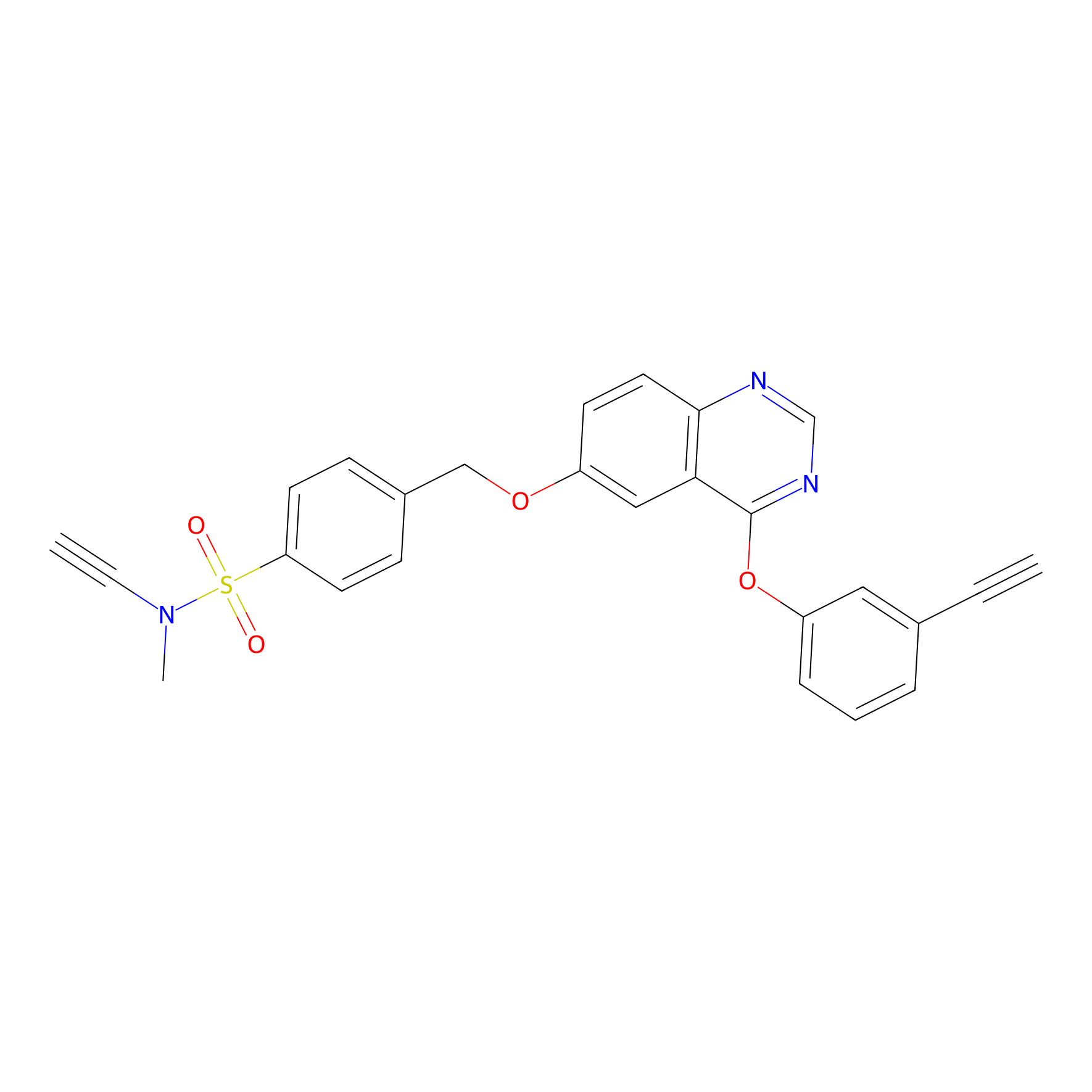 |
100.00 | LDD0445 | [3] | |
|
AF-1 Probe Info |
 |
3.02 | LDD0421 | [4] | |
|
AF-2 Probe Info |
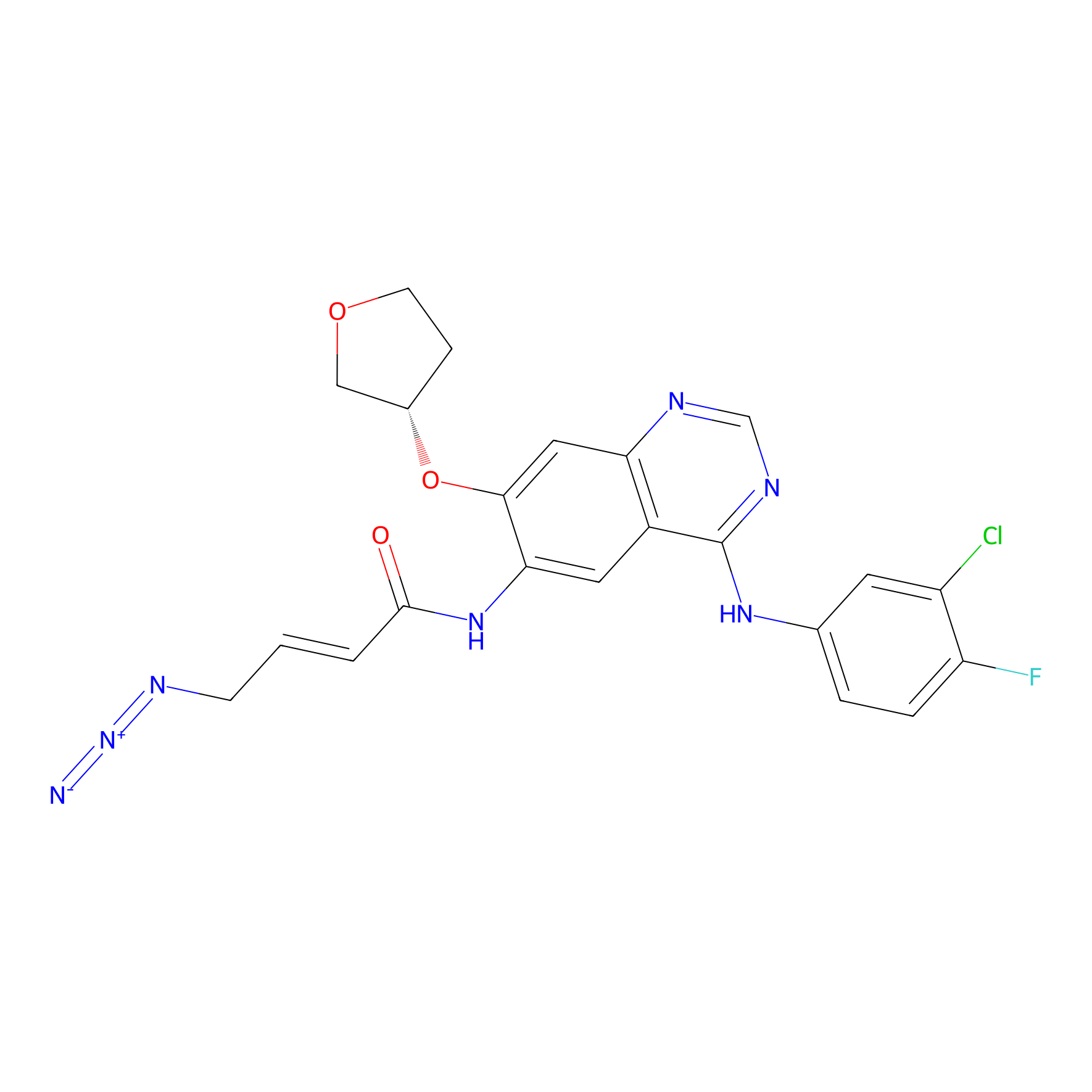 |
1.61 | LDD0422 | [4] | |
|
DBIA Probe Info |
 |
C427(1.83) | LDD3410 | [5] | |
|
AZ-9 Probe Info |
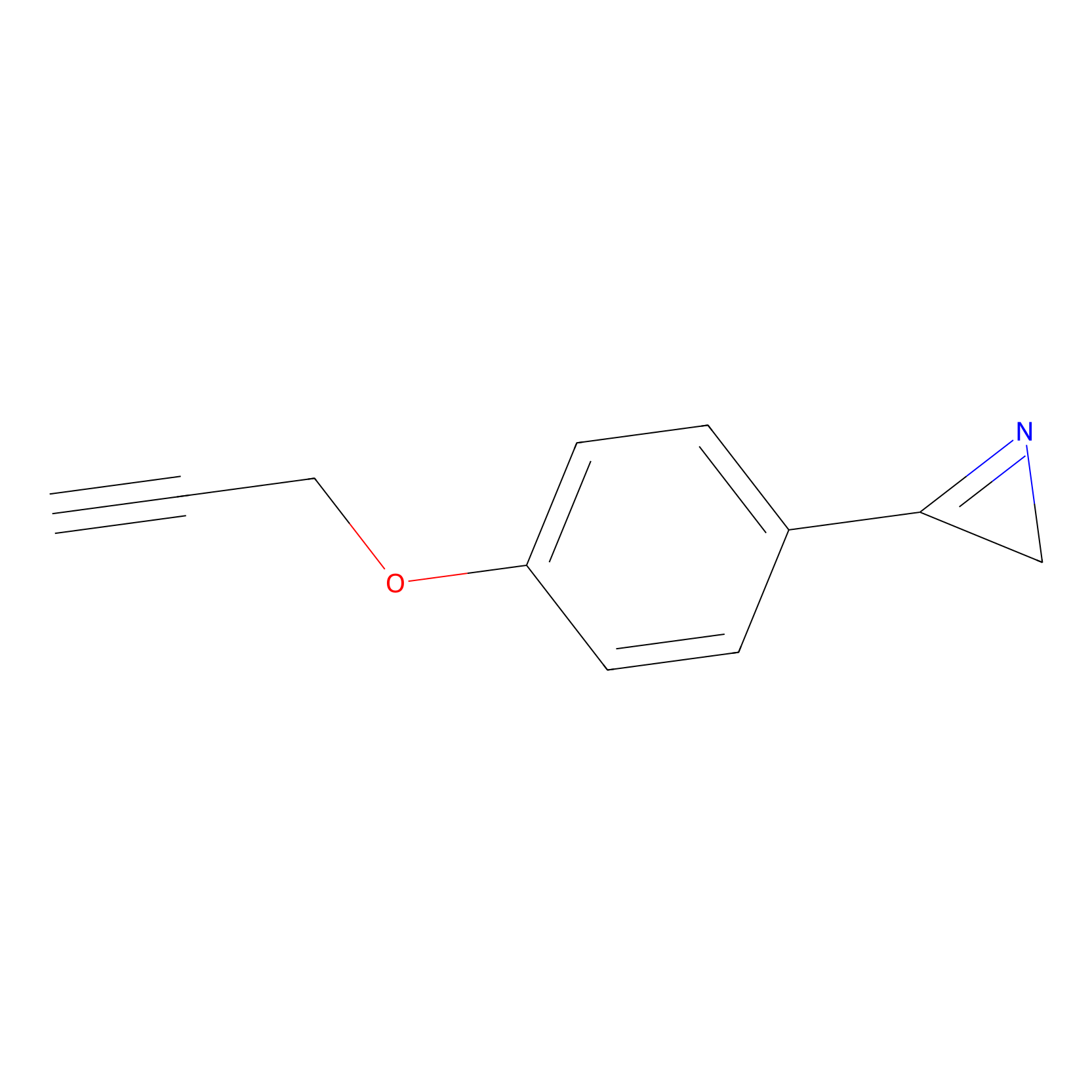 |
10.00 | LDD2154 | [6] | |
|
Jackson_14 Probe Info |
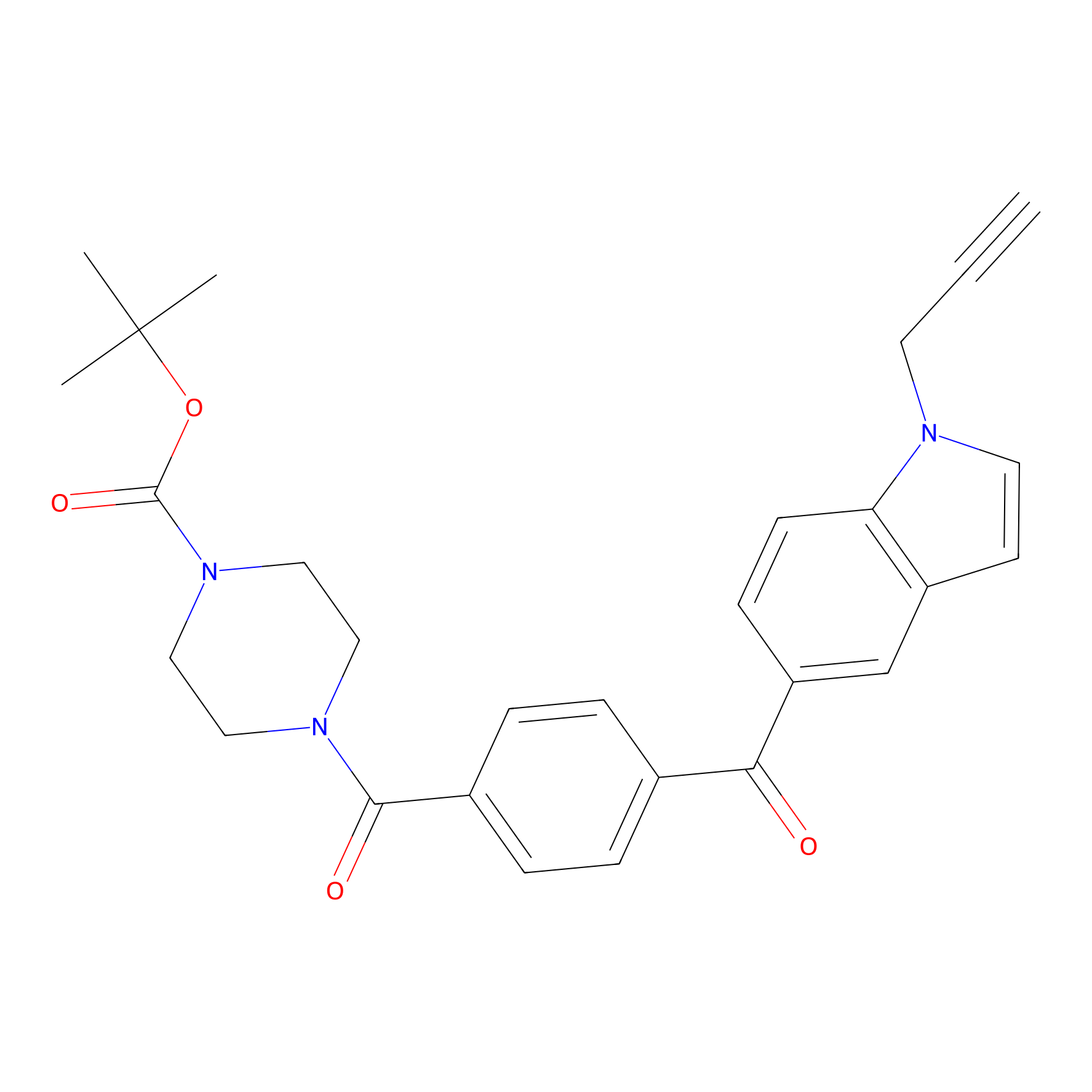 |
16.67 | LDD0123 | [7] | |
|
Johansson_61 Probe Info |
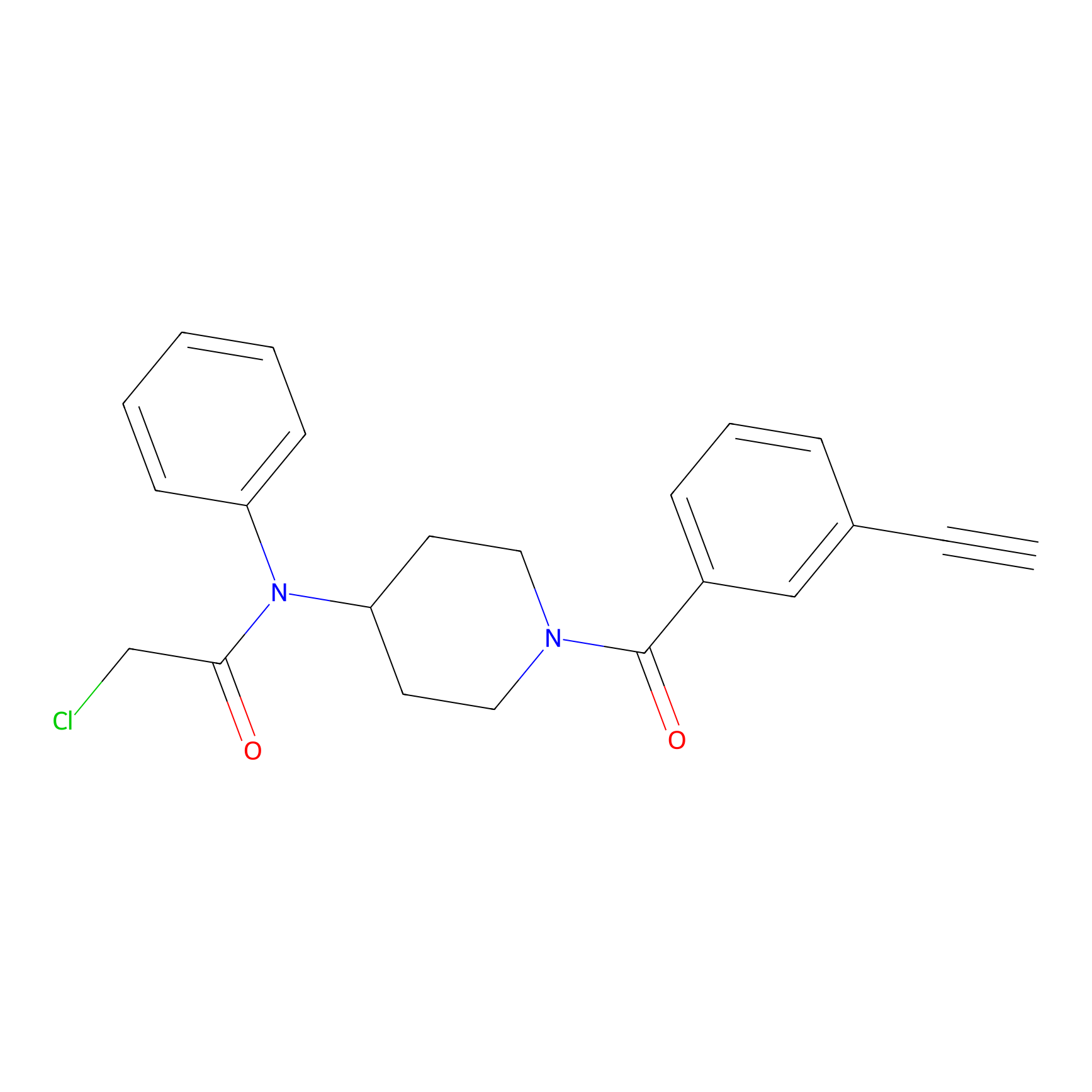 |
_(20.00) | LDD1487 | [8] | |
|
IA-alkyne Probe Info |
 |
N.A. | LDD0149 | [9] | |
|
IPM Probe Info |
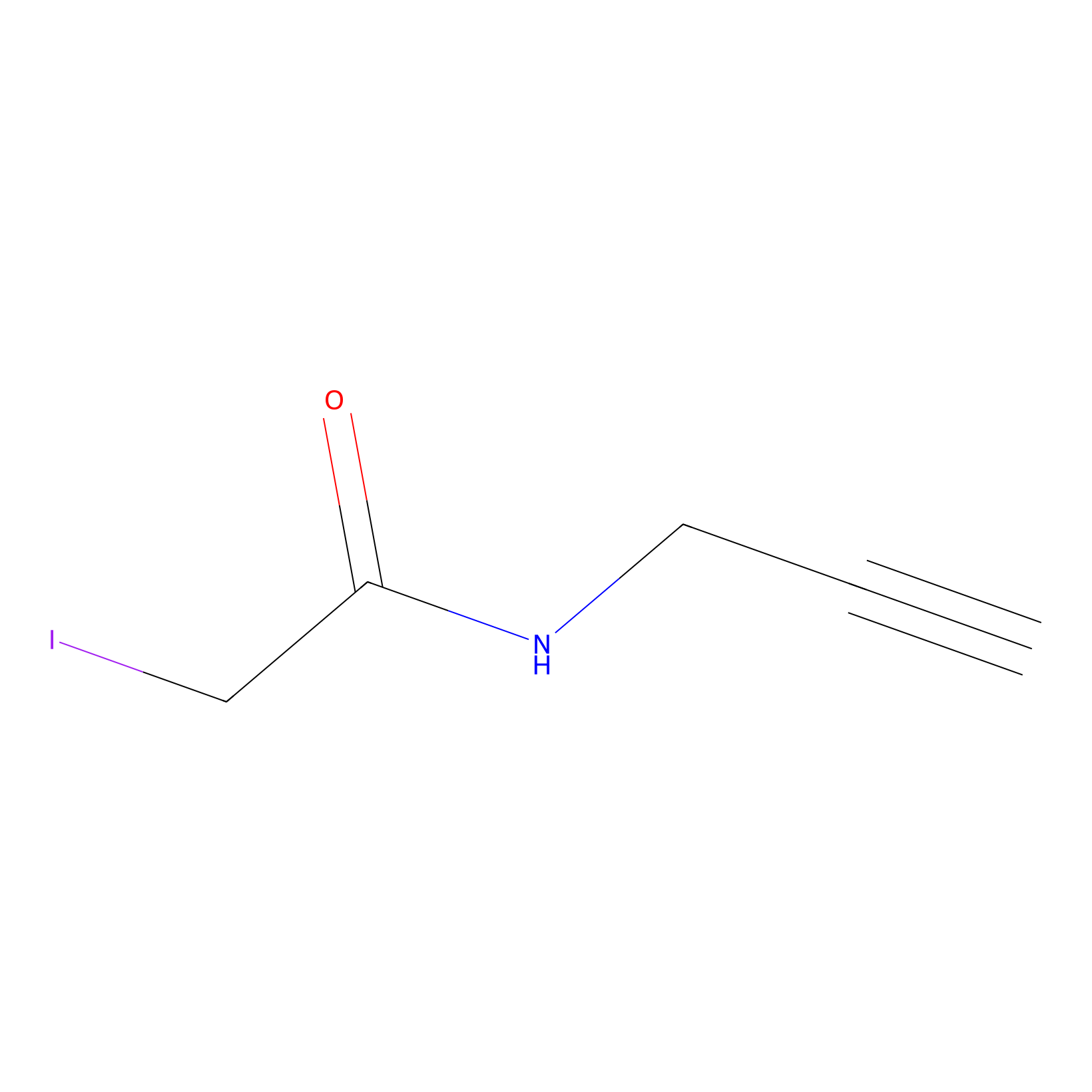 |
C25(0.00); C66(0.00) | LDD0147 | [10] | |
PAL-AfBPP Probe
| Probe name | Structure | Binding Site(Ratio) | Interaction ID | Ref | |
|---|---|---|---|---|---|
|
STS-2 Probe Info |
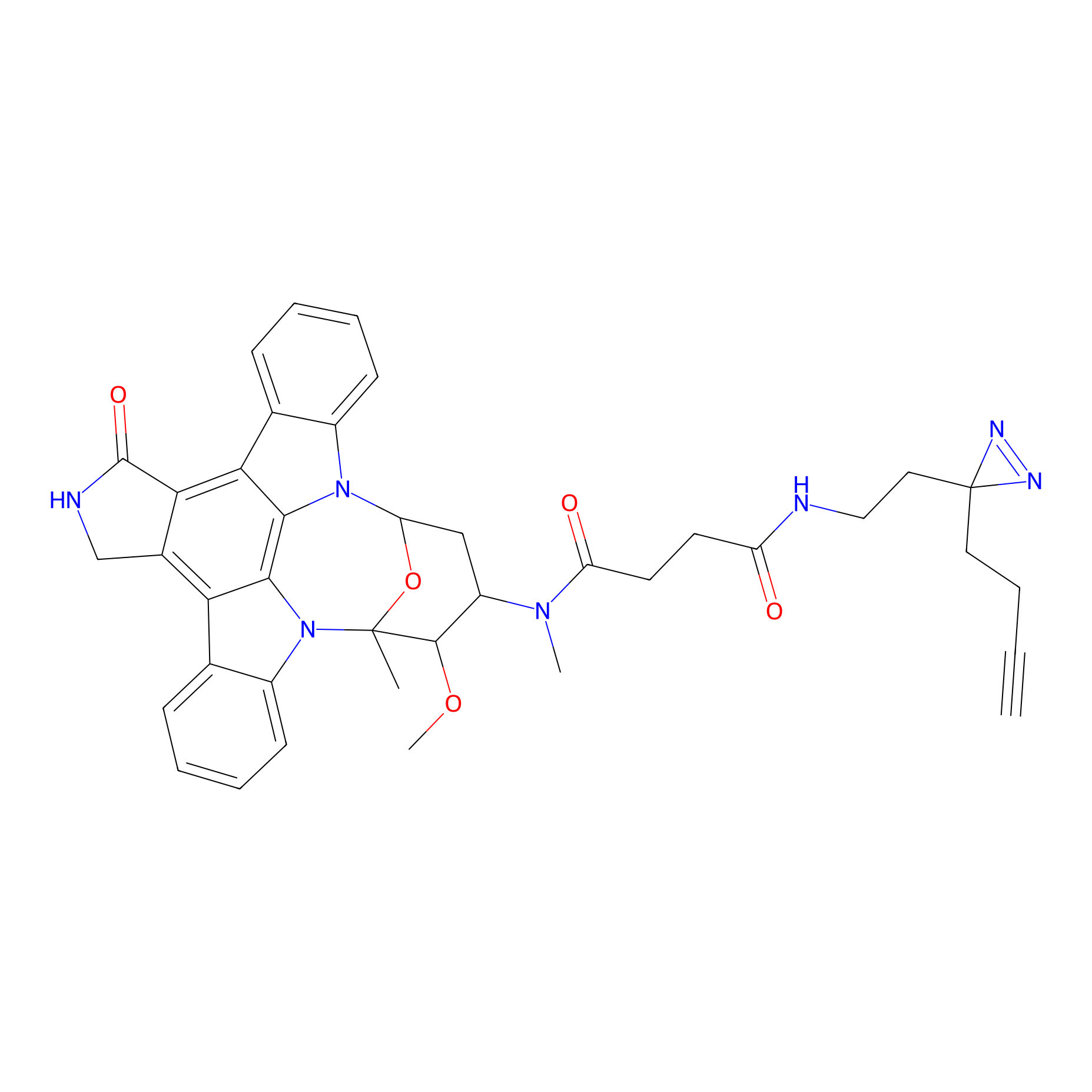 |
2.33 | LDD0139 | [11] | |
|
VE-P Probe Info |
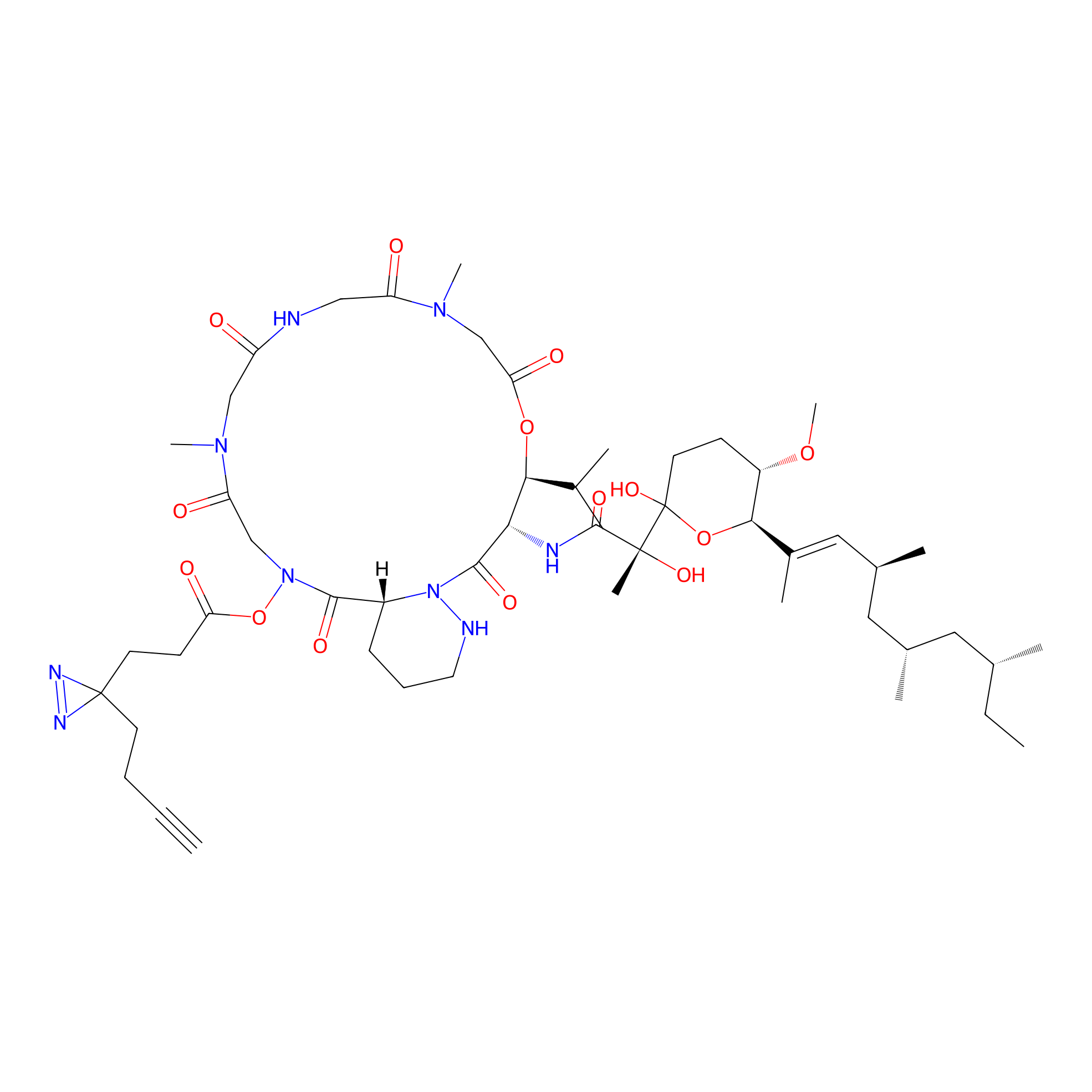 |
N.A. | LDD0396 | [12] | |
|
STS-1 Probe Info |
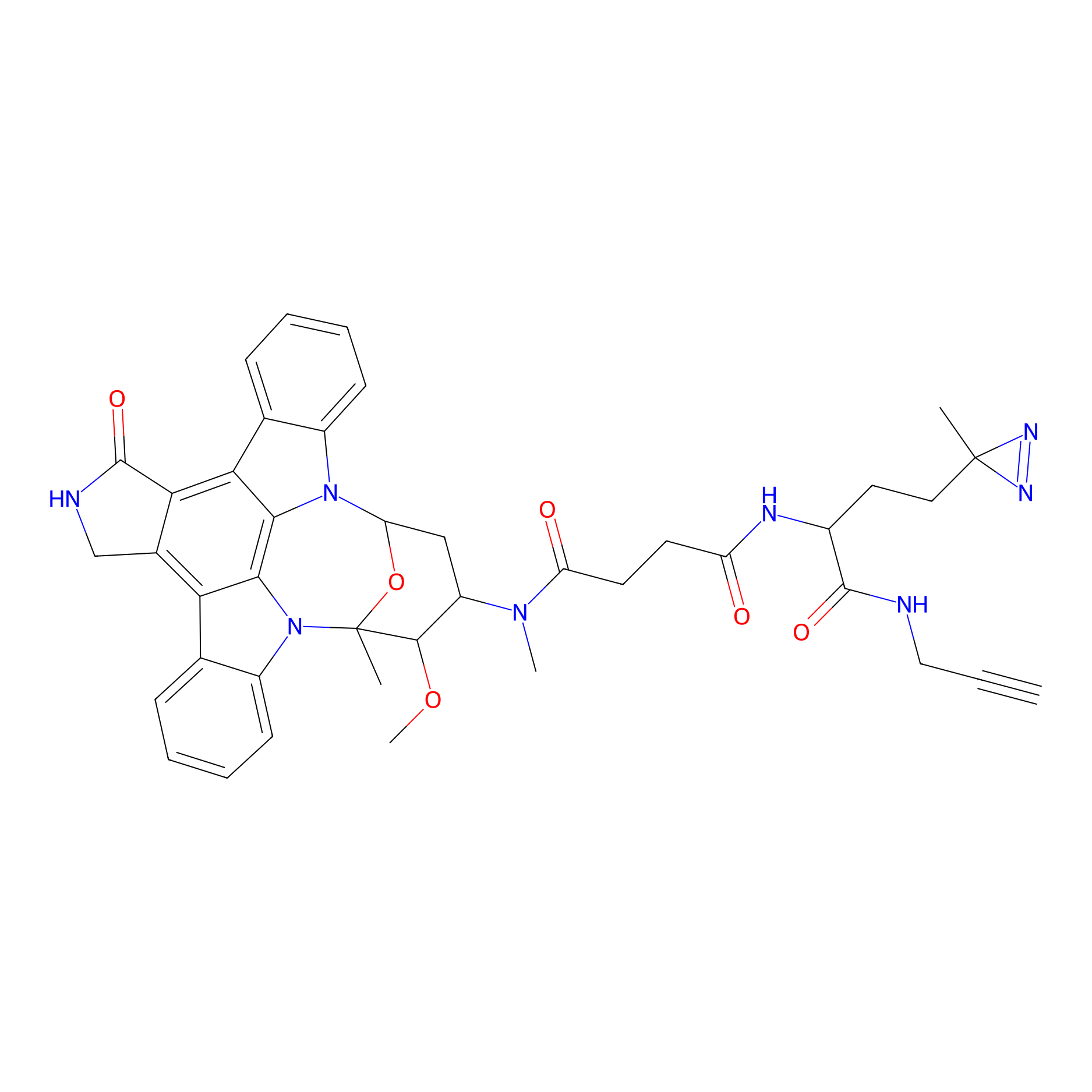 |
N.A. | LDD0068 | [13] | |
Competitor(s) Related to This Target
| Competitor ID | Name | Cell line | Binding Site(Ratio) | Interaction ID | Ref |
|---|---|---|---|---|---|
| LDCM0166 | Afatinib | A431 | 3.02 | LDD0421 | [4] |
| LDCM0151 | AZ-11 | HeLa | 10.00 | LDD2154 | [6] |
| LDCM0615 | Fragment63-R | Jurkat | _(20.00) | LDD1487 | [8] |
| LDCM0617 | Fragment63-S | Jurkat | _(10.01) | LDD1491 | [8] |
| LDCM0022 | KB02 | A204 | C401(2.15) | LDD2252 | [5] |
| LDCM0023 | KB03 | A204 | C401(1.40) | LDD2669 | [5] |
| LDCM0024 | KB05 | RPMI-7951 | C427(1.83) | LDD3410 | [5] |
| LDCM0016 | Ranjitkar_cp1 | MDA-MB-231 | 16.67 | LDD0123 | [7] |
The Interaction Atlas With This Target
References
